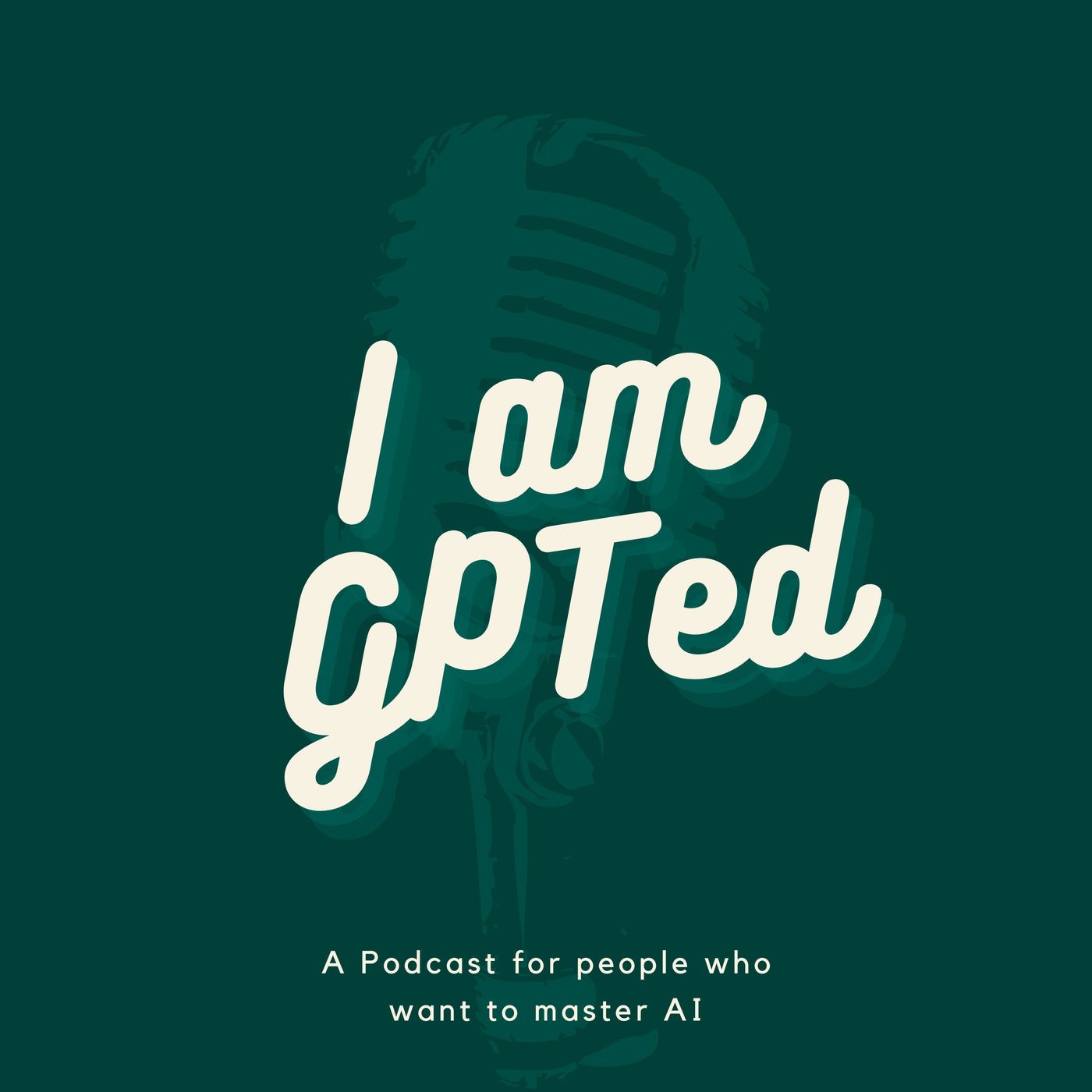
Unlock AI Magic: Master Prompting with Context and Creativity

I am GPTed - what you need to know about Chat GPT, Bard, Llama, and Artificial Intelligence
Shownotes Transcript
Hey there, AI adventurers! It's Mal, your Misfit Master of AI, back with another episode of practical AI advice for the skeptically curious.Today, we're diving into a simple prompting technique that can make your AI interactions more engaging and effective. It's called "priming," and no, it's not about painting your prompts with a base coat. Priming is all about setting the stage for the AI, giving it a clear context and direction before you ask for anything specific.Here's an example: Before: "Write a story about a robot learning to love."After: "Imagine a dystopian future where emotions are forbidden. In this world, a robot named Zix begins to develop feelings for its human companion. Write a 500-word story exploring Zix's journey as it learns to love despite the consequences."See the difference? By priming the AI with a rich context, you'll get more focused and interesting responses. It's like giving your AI a compass instead of just throwing it into the wilderness and hoping for the best.Now, let's talk practical applications. Have you ever thought about using AI to create personalized meal plans? You can prime the AI with your dietary preferences, allergies, and fitness goals, and it'll generate a custom meal plan just for you. It's like having a nutritionist in your pocket, minus the judgy looks when you admit your love for late-night ice cream binges.But beware, my fellow AI explorers, of the common mistake of being too vague with your prompts. I once asked an AI to "write something creative," and it gave me a poem about watching paint dry. Lesson learned: the more specific you are, the better the results. It's like ordering at a restaurant - if you just say "give me food," don't be surprised when you end up with a plate of mystery meat.So, here's a little exercise to help you practice priming. Take a simple prompt, like "write a haiku about a cat," and add three specific details to prime the AI. For example: "Write a haiku about a mischievous Siamese cat named Luna who loves to knock over houseplants at 3 AM." Give it a try and see how the AI's responses become more colorful and unique.Finally, a tip for evaluating and improving AI-generated content: read it out loud. If it sounds like a robot wrote it, it probably needs some more human touch. Don't be afraid to edit, tweak, and refine the AI's output until it sounds natural and engaging. It's like being a language coach for your AI - with patience and practice, you'll help it find its voice.Oh, and since we're on the topic of learning from mistakes, let me share a quick personal anecdote. When I first started using AI, I thought I could just copy-paste the generated text and call it a day. Spoiler alert: my boss was not impressed when I submitted a report full of robotic jargon and irrelevant tangents. Nowadays, I always take the time to review and refine the AI's work, and my writing has improved tenfold. Trust me, your future self will thank you for putting in that extra effort.Well, that's all for today, folks. This is Mal, your Misfit Master of AI, signing off. Remember, if I can figure this stuff out, anyone can. Don't forget to subscribe to the podcast for more practical AI tips and tales of my ongoing misadventures. And hey, if you enjoyed this episode, why not share it with a friend who's curious about AI? Spread the love, people!Thanks for listening, and until next time, keep exploring the wild world of AI! Oh, and before I forget, this podcast is a Quiet Please production. Head over to quietplease.ai to learn more about how they're making AI accessible and engaging for everyone. Catch you on the flip side!